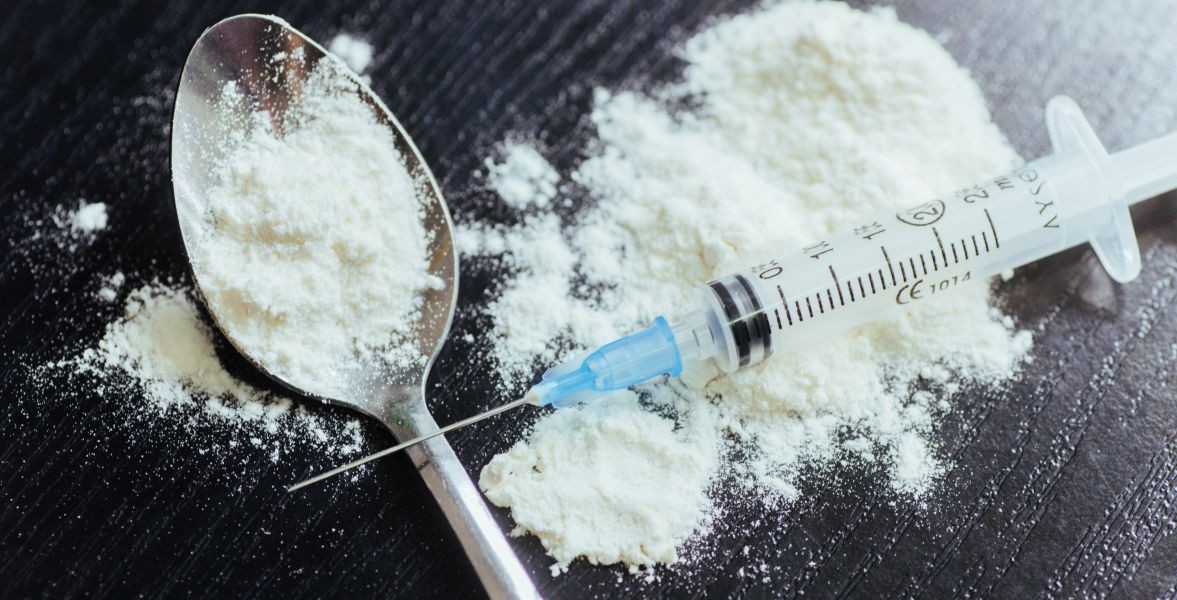Published - Thu, 02 Jun 2022

HEALTH RISK OF SUBSTANCE ABUSE
Substance abuse is a major problem that must not be ignored. It occurs when you consume too much or in the wrong way alcohol, prescription medications, and other legal and illegal substances. It implies that you are unable to stop using even though your condition is causing you harm. Many people who struggle with substance abuse can quit or change their unhealthy habits.
Why is Substance use a problem?
It can cause both physical dependence and
psychological dependence. Chemicals in both legal and illegal drugs can alter
the way your body and mind function. They can provide a pleasant
"high," relieve stress or assist you in avoiding problems in your
life.
What are commonly abused substances?
Alcohol, marijuana, prescription medications (such as pain relievers, stimulants, or anxiety medications), methamphetamine, cocaine, opiates, hallucinogens, and inhalants are all commonly abused substances. These drugs were made illegal in the first place because they have the potential to be addictive or cause serious health consequences. Some people believe that using illegal substances is dangerous and thus abusive.
What are the signs and symptoms of substance abuse?
Clinical findings vary depending on the substance abused, the
frequency of use, and the length of time since the last use, and may include:
o
Weight loss
o
Decreased appetite
o
Increased irritability
o
Constant fatigue
o
Red-eye
o
A lack of concern for personal hygiene
It can be diagnosed by abnormal lab reports, coupled with unexpected abnormalities in heart rate or blood pressure, as well as depression, anxiety, or sleep issues.
What are the risks related to substance use?
o
Physical
health issues: Substance abuse raises the risk of
physical health problems such as heart disease, stroke, and cancer.
o
Substance abuse frequently
co-occurs with mental health issues,
but it can also exacerbate or contribute to the onset of some conditions.
o
Legal
repercussions: People who use illicit substances are
more likely to face legal repercussions, such as arrest and incarceration.
o Substances can also increase the risk of risky behaviors like driving while intoxicated and engaging in unprotected sex.
It is dangerous to both individuals and society. Individuals may experience health issues, mental health issues, risky behavior, and legal issues as a result. It can increase the costs of health problems and lost productivity for societies. It can also exacerbate social issues like crime.
Management of substance abuse -
Substance abuse treatment (or recovery) programs are available in
both inpatient and outpatient settings. The programs that are considered are
usually based on the substance that is abused. Successful treatment includes
detoxification (if necessary, depending on the substance abused) and long-term
follow-up management or recovery-oriented systems of care. Formalized group
meetings and psychosocial support systems, as well as continued medical
supervision, are usually part of long-term follow-up management. Individual and
family psychotherapy are frequently prescribed to address issues that may have
contributed to or resulted in the development of a substance abuse disorder. To
protect everyone's health, safety, and quality of life, especially children,
reduce substance abuse.
Created by
Comments (0)
Search
Popular categories
Latest blogs

All you need to know about Syphilis
Tue, 15 Nov 2022

What is Pemphigus Vulgaris?
Tue, 15 Nov 2022

Know about Scorpion Stings
Sat, 12 Nov 2022

Write a public review